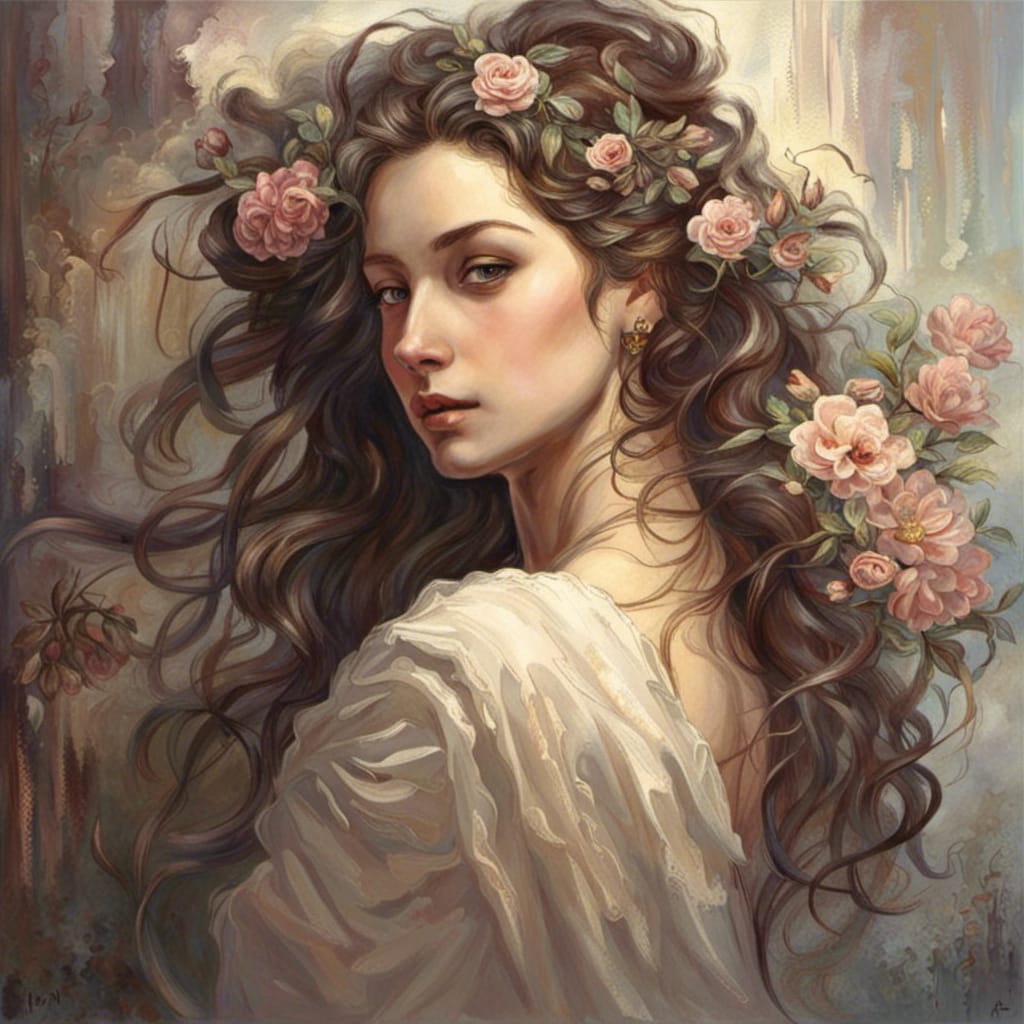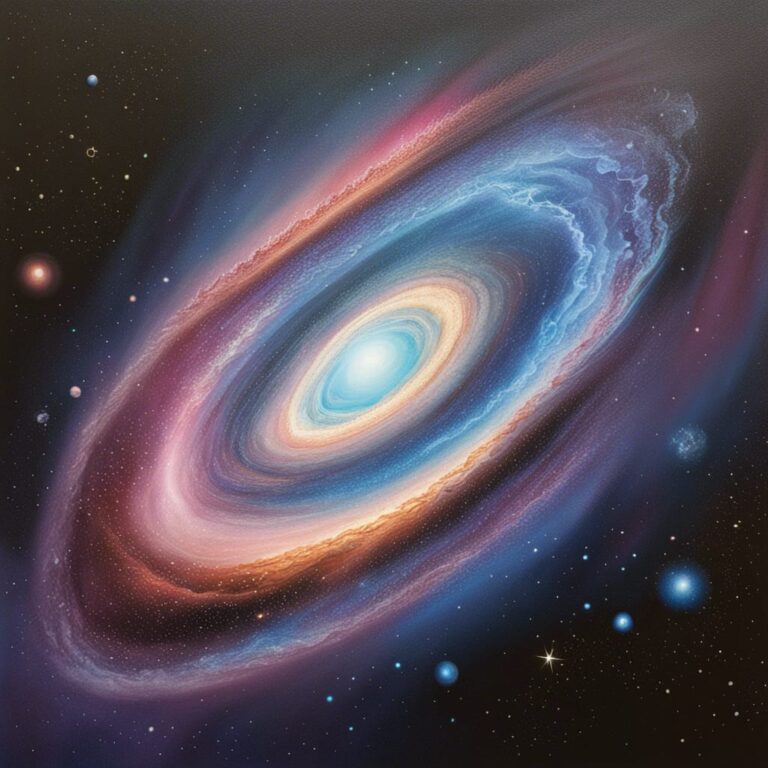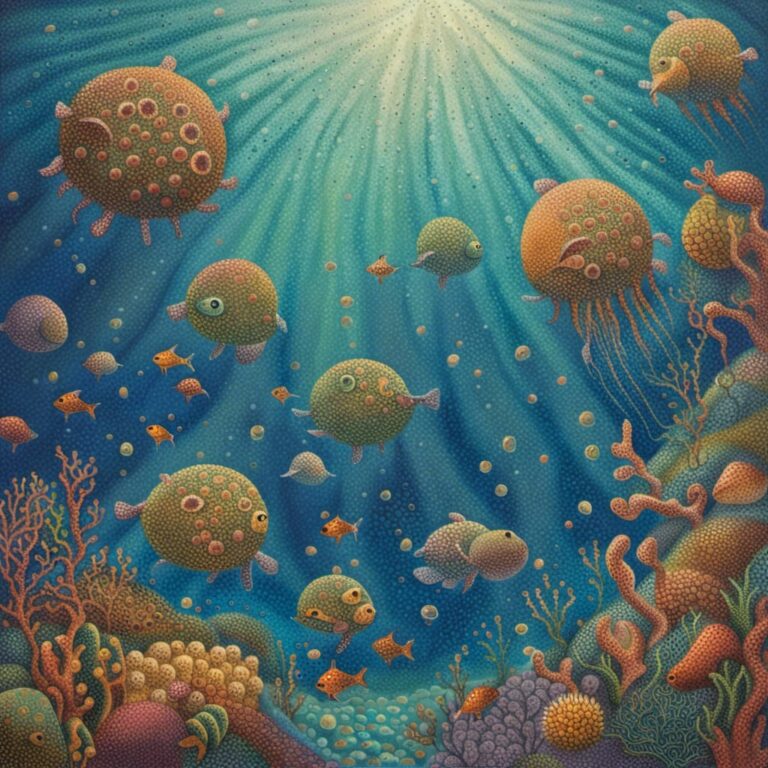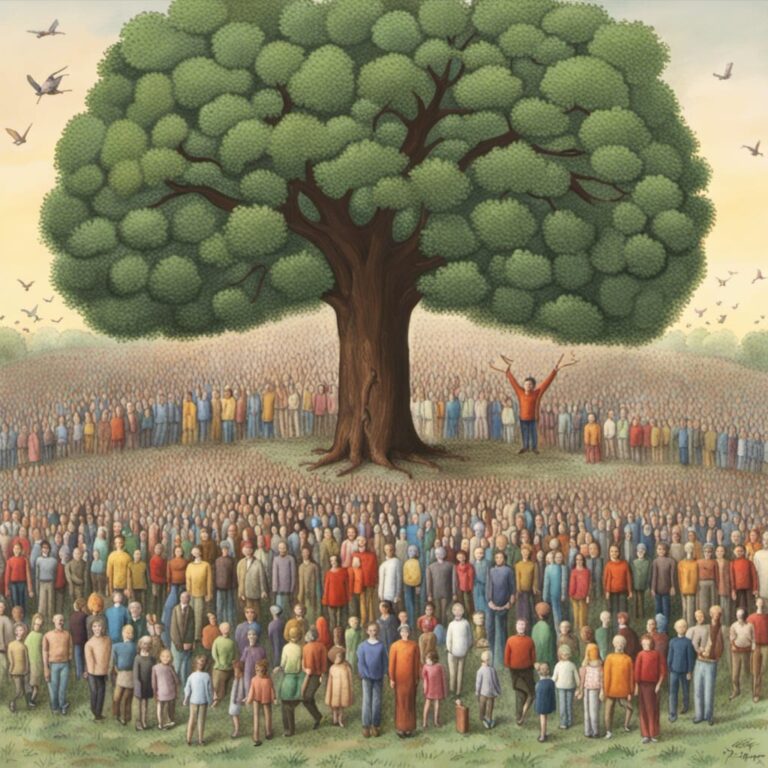
The world of literature has always been a captivating realm of human emotions, imagination, and exploration. Within this vast domain, two distinct movements emerged in the 19th century that left an indelible mark on the way we perceive the human experience: Romanticism and Dark Romanticism.
These two artistic movements, while sharing some similarities, diverge dramatically in their themes, perspectives, and atmospheres, creating a rich tapestry of literary expression that continues to intrigue and inspire readers to this day.

Comparing and Contrasting
While both Romanticism and Dark Romanticism share a fascination with individualism and the human experience, their thematic focuses and tones are remarkably different. Where traditional Romanticism seeks the sublime in nature and celebrates the joyous aspects of existence, Dark Romanticism finds allure in the mysterious and uncanny, embracing the darkness that resides within humanity.
Romanticism exudes optimism, emphasizing the beauty of the world and the potential for personal growth and happiness. On the other hand, Dark Romanticism shrouds itself in shadows, exploring the sinister forces at play within the human psyche and society.
The Artistic Expression 🎨
The artistic styles and techniques employed by Romantic and Dark Romantic writers further distinguish the two movements. In Romanticism, writers often utilized vibrant and descriptive language to paint vivid landscapes and evoke powerful emotions. Their works were characterized by a sense of idealism and a belief in the inherent goodness of human nature. Romantics employed the use of symbolism and metaphor to convey their themes, allowing readers to delve into the deeper layers of their narratives.
On the other hand, Dark Romantics embraced a more introspective and psychological approach. Their writing often contained elements of ambiguity and uncertainty, keeping readers on the edge of their seats as they navigated through the intricacies of the human mind. Dark Romantics utilized techniques such as unreliable narrators, first-person perspectives, and unexpected plot twists to create an atmosphere of unease and suspense. The use of Gothic elements, such as eerie settings, decaying landscapes, and supernatural occurrences, added to the overall sense of foreboding.
Philosophical Underpinnings
One of the most significant differentiators between Romanticism and Dark Romanticism lies in their philosophical outlooks on the nature of humanity. Romanticism exalted the potential for greatness within individuals and highlighted the transformative power of love and compassion. Romantics believed that through the appreciation of beauty and the cultivation of emotions, humans could reach higher levels of understanding and fulfillment.
Conversely, Dark Romantics explored the darker aspects of human nature. They probed the depths of human psychology, examining the duality of good and evil that exists within every person. This exploration often led to narratives that questioned the limits of human knowledge, the consequences of unchecked ambition, and the ethical implications of scientific and technological advancements. Dark Romantics were more inclined to showcase the capacity for destruction and moral decay, creating thought-provoking tales that challenged societal norms and assumptions.
Modern Interpretations
As time progressed, the influence of both Romanticism and Dark Romanticism extended far beyond literature. These movements have found their way into various artistic mediums, including visual arts, music, film, and even video games. The themes of love, individualism, and connection with nature from Romanticism can be seen in modern pop culture, where they continue to resonate with audiences seeking to connect with their emotional and spiritual sides.
The elements of mystery, psychological depth, and exploration of the human psyche from Dark Romanticism have also found their place in contemporary storytelling. Films and television shows often draw from the unsettling atmospheres and morally complex characters characteristic of Dark Romantic works. The popularity of genres such as psychological thrillers and horror can be attributed, in part, to the legacy of Dark Romanticism.
The Lasting Impact: A Dual Legacy
The legacies of Romanticism and Dark Romanticism continue to reverberate through contemporary literature and art. The exploration of human emotion, the power of imagination, and the relationship between humanity and nature remain central themes in literary works across genres. Authors today draw inspiration from both movements, creating works that blend the wonder of Romanticism with the intrigue of Dark Romanticism to craft narratives that captivate and challenge readers.
In conclusion, Romanticism and Dark Romanticism stand as two distinct yet interconnected movements that have shaped the literary landscape in profound ways. While one celebrates the exuberance of life and the splendor of nature, the other embraces the enigmatic and uncanny aspects of existence. Together, they provide a diverse array of perspectives on the human condition, inviting readers to explore the myriad facets of emotion, imagination, and the intricate interplay between light and darkness.





